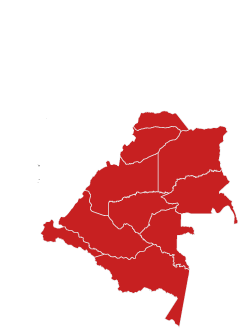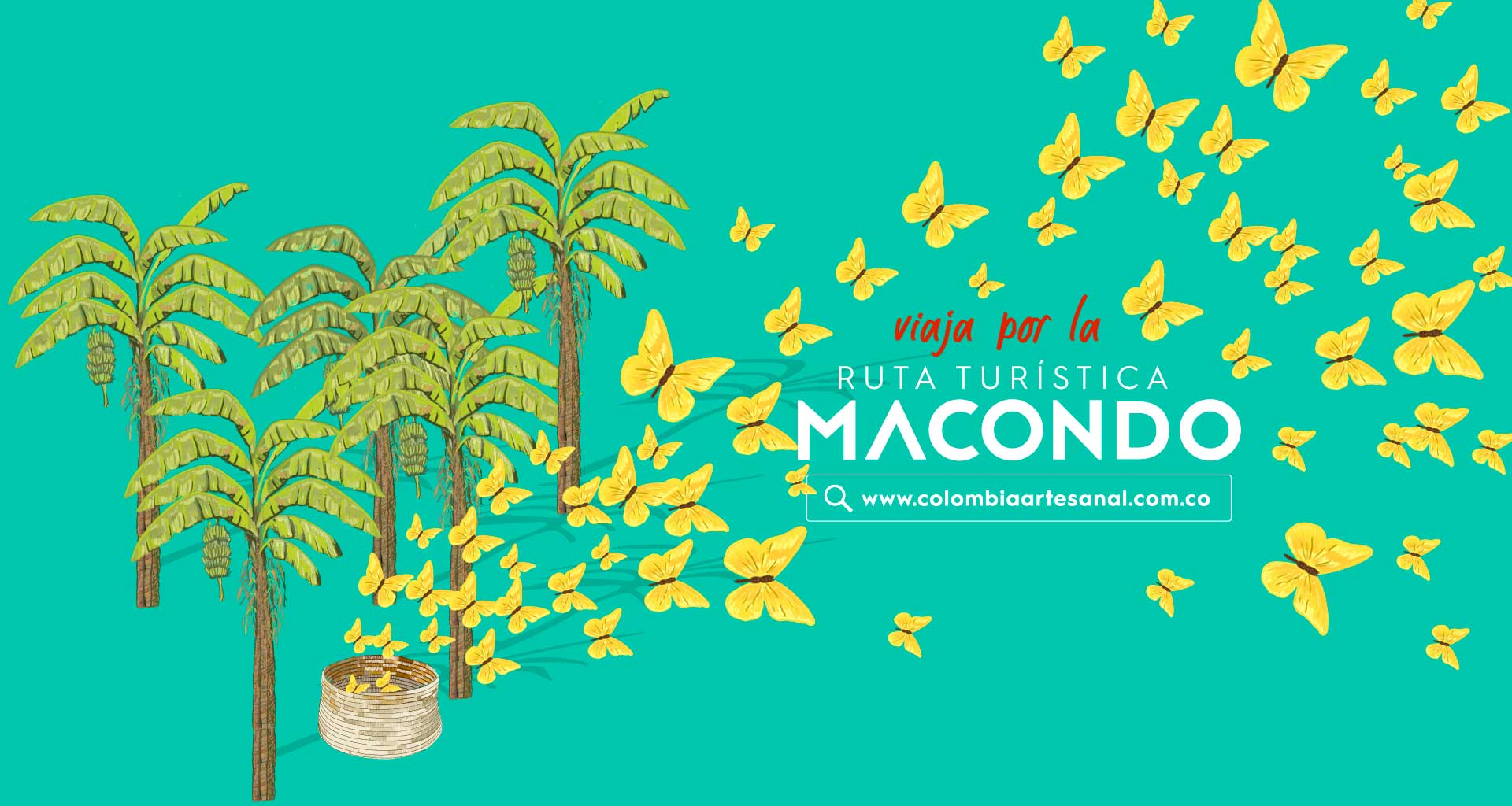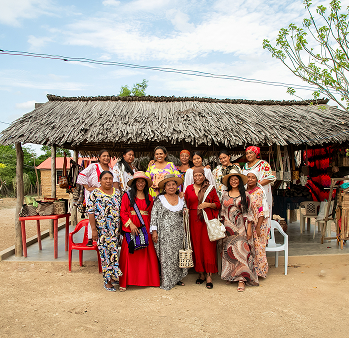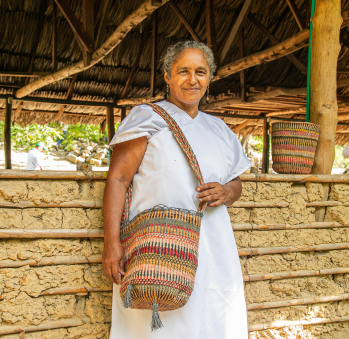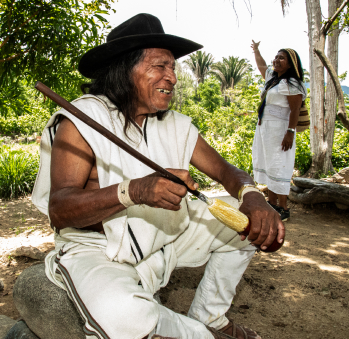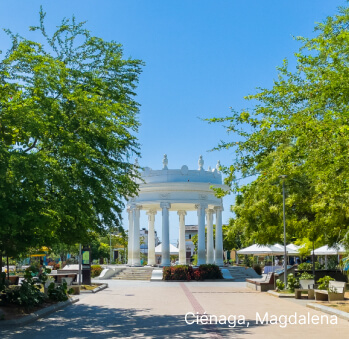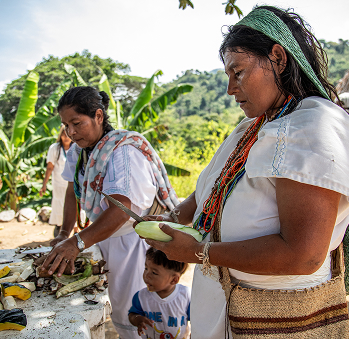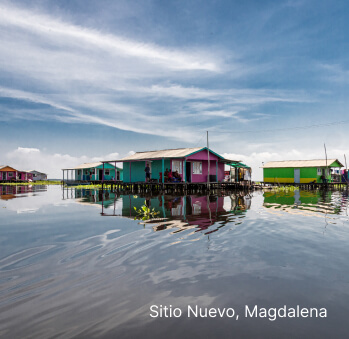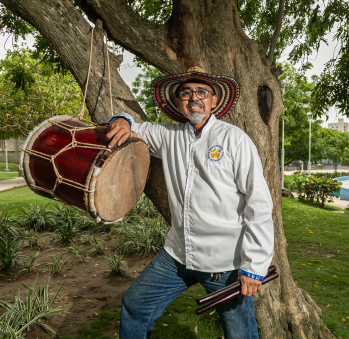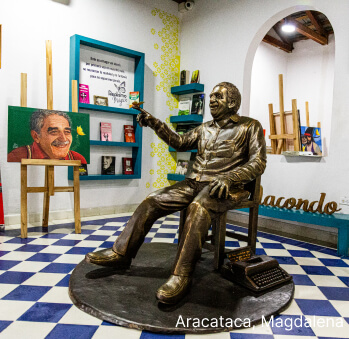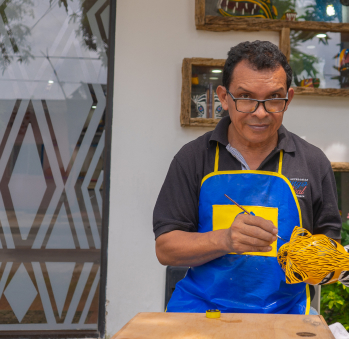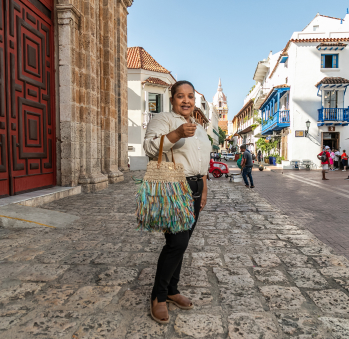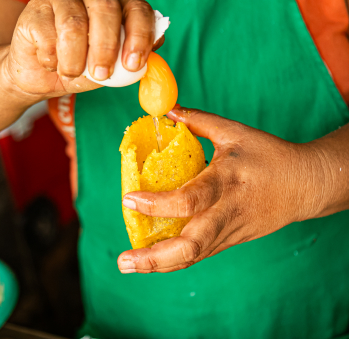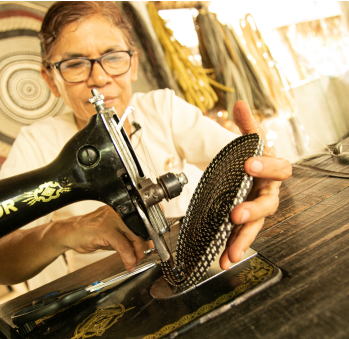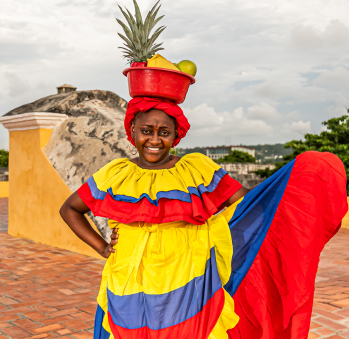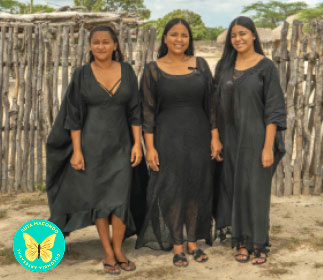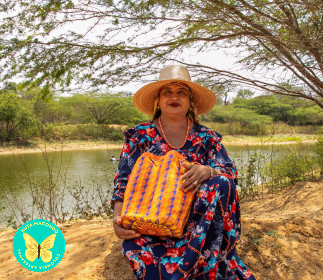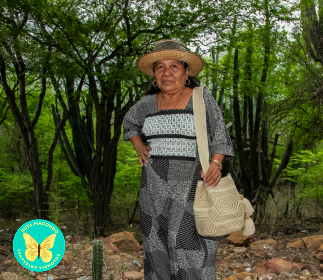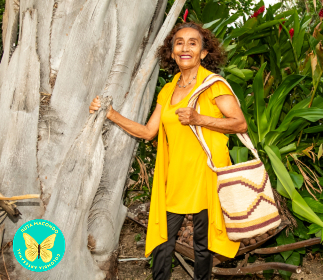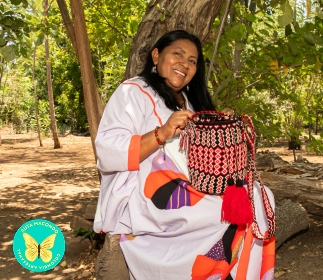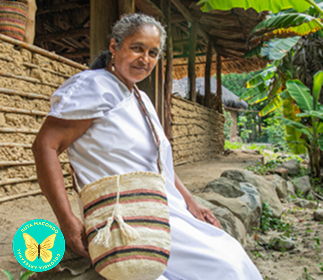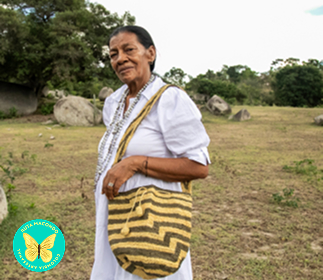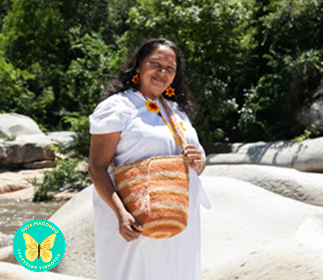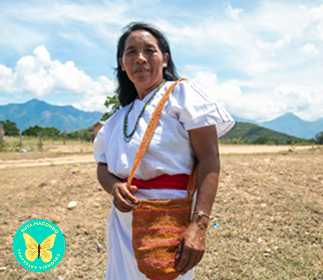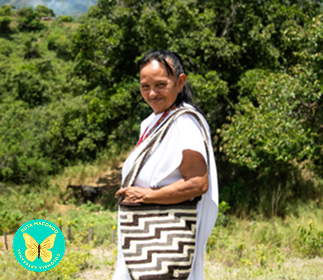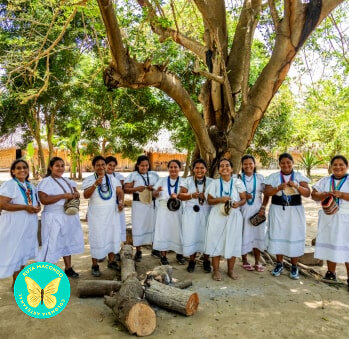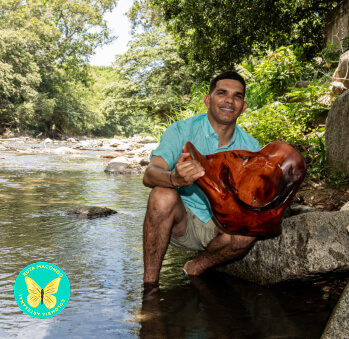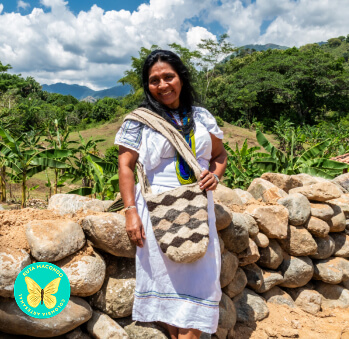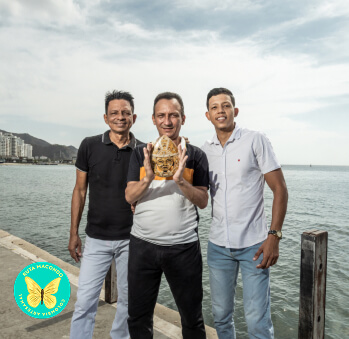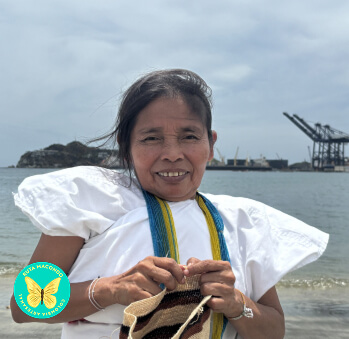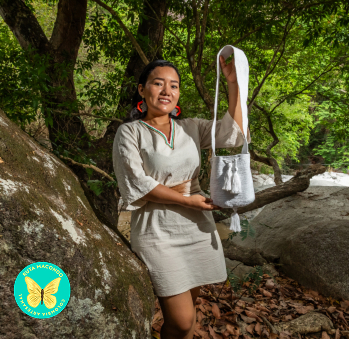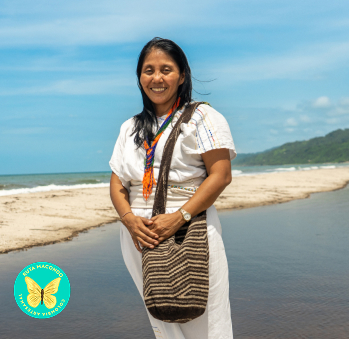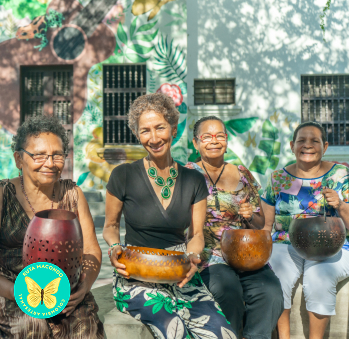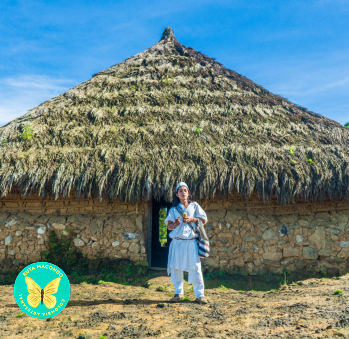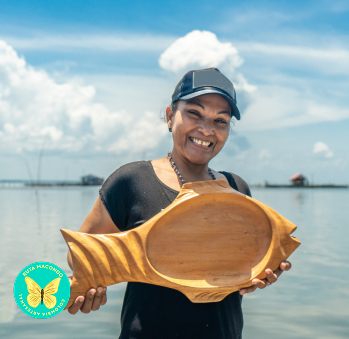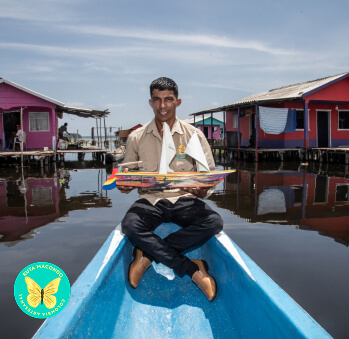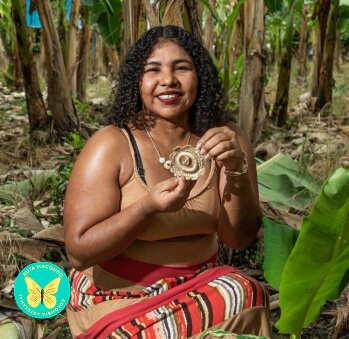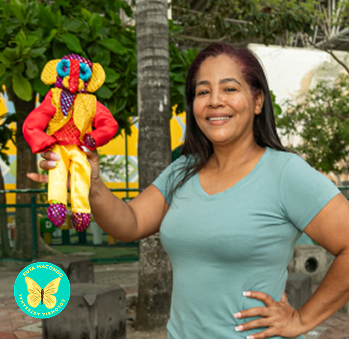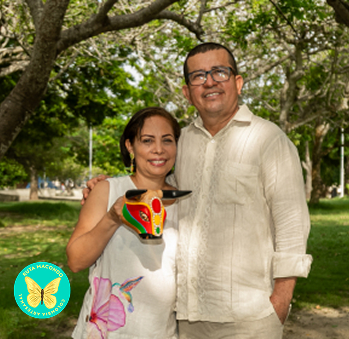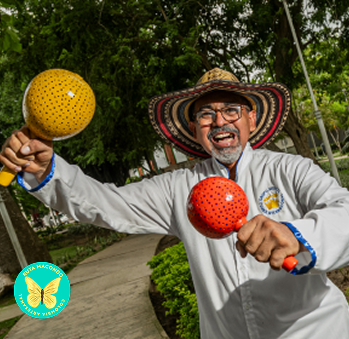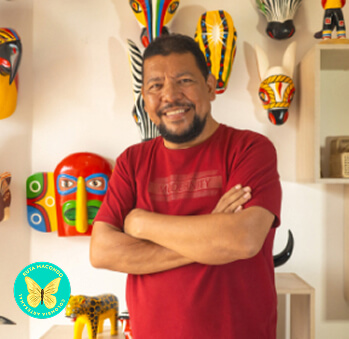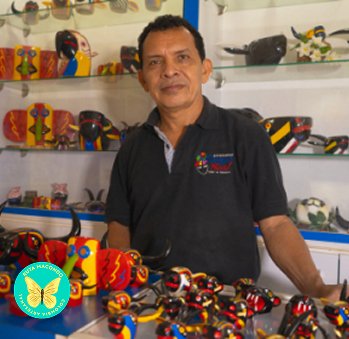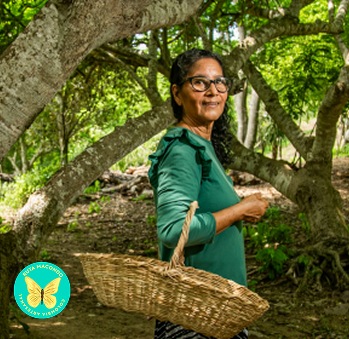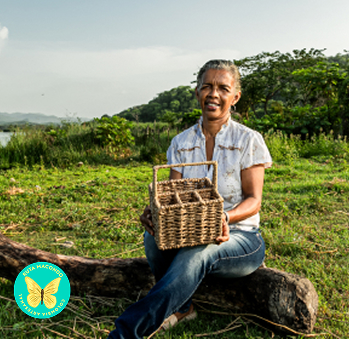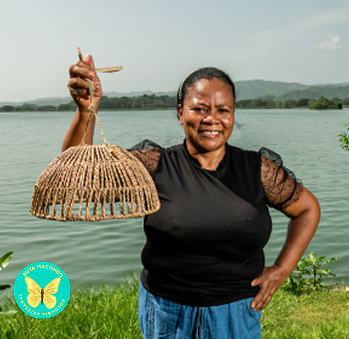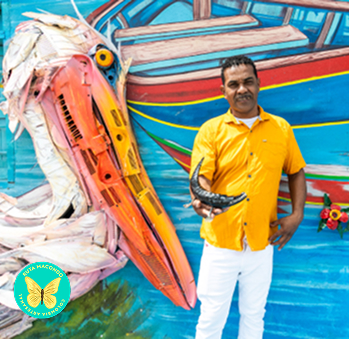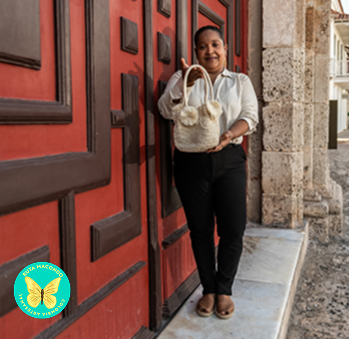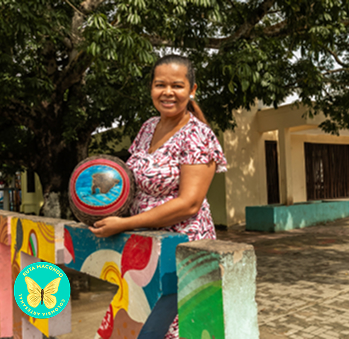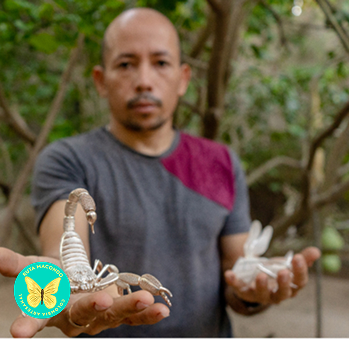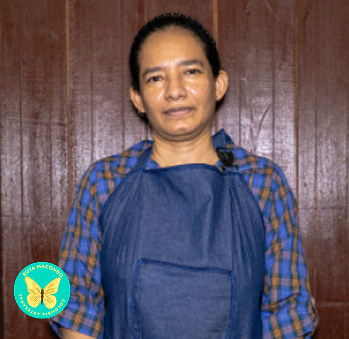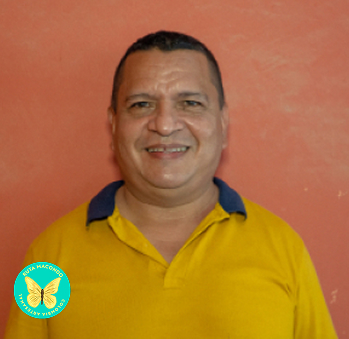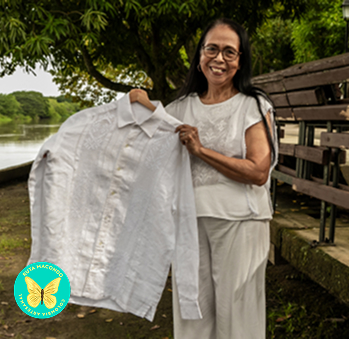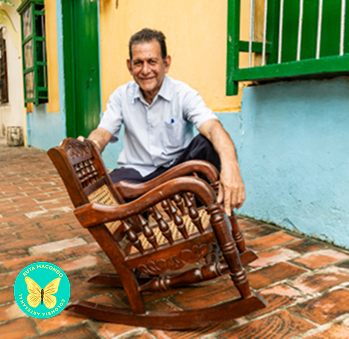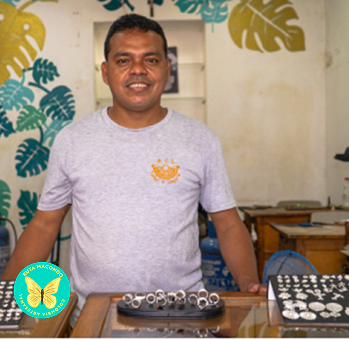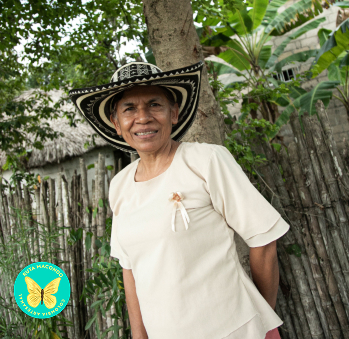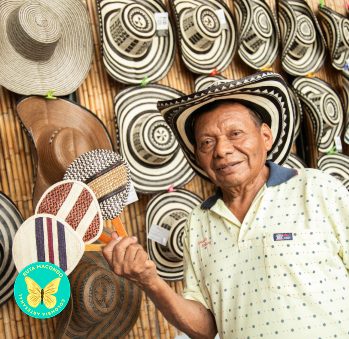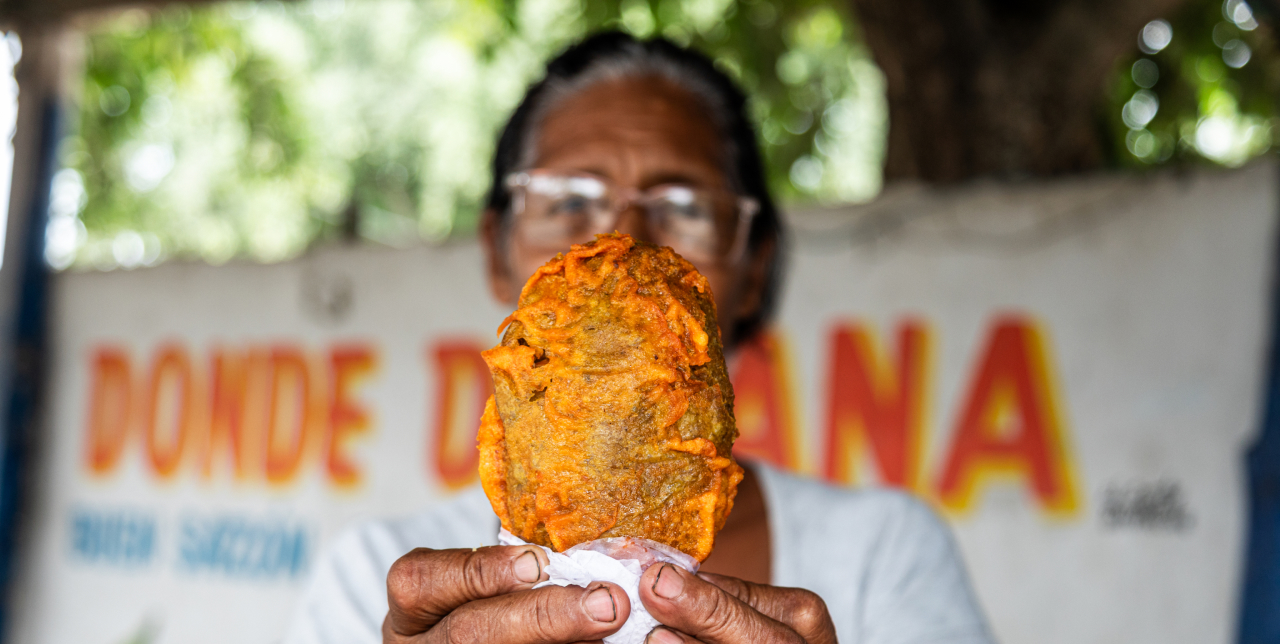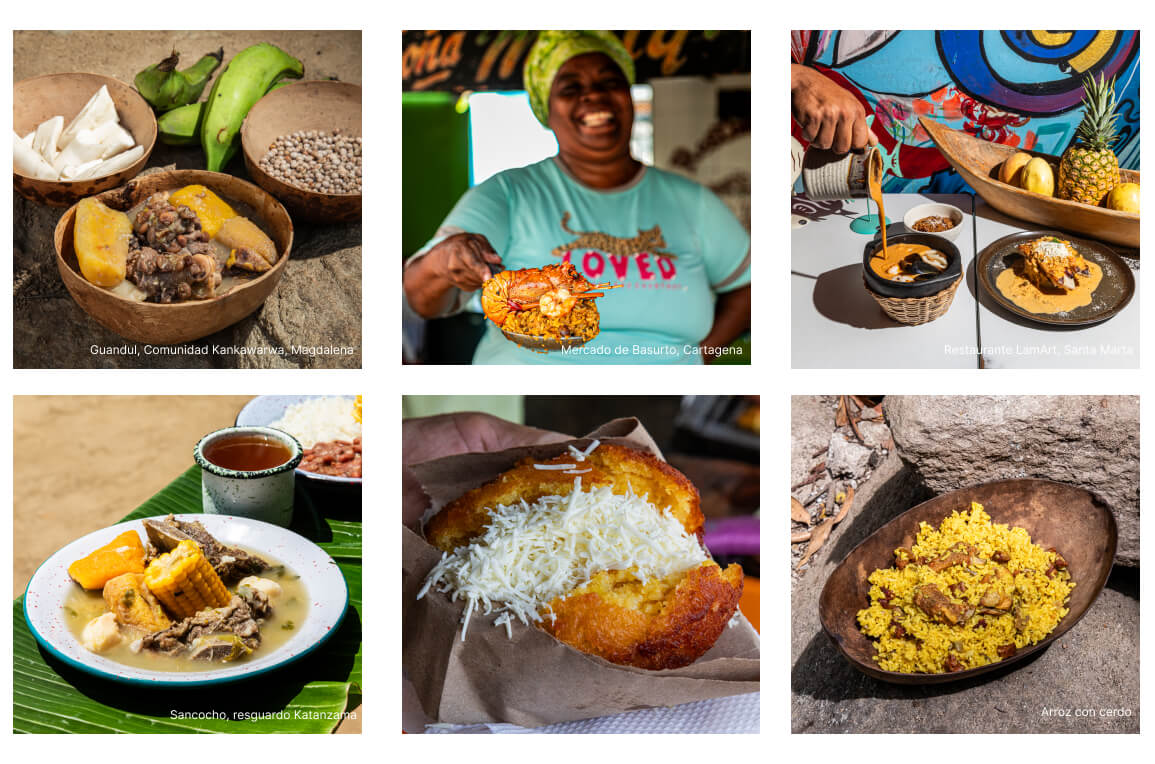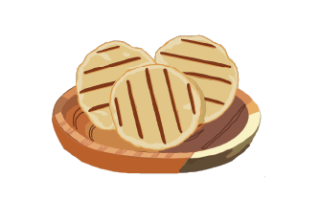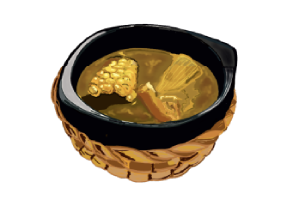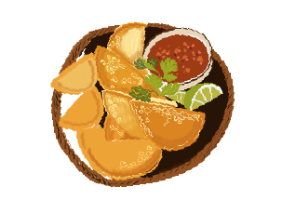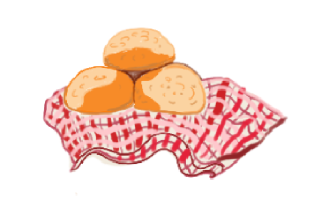Macondo Route
As we approach the centennial of Gabriel García Márquez’s birth, our illustrious Nobel Laureate in Literature, we have decided to create a route that traverses the imagination of the Aracataca born writer. We delved into his masterwork One Hundred Years of Solitude and, with his astonishing imagination—immortalized as Magical Realism—we traveled through a fragment of that landscape, which speaks so eloquently of the Colombian Caribbean. The same we all celebrate by calling it Macondo. We are speaking about a world thriving with savannas and hills, navigating through rivers and swamplands that flow into the seas of Cartagena and Santa Marta. A world that dances, sings, and dreamily indulges in the Carnival of Barranquilla or surrenders to the melancholic vallenato songs in Valledupar. And finally, it pauses in time on the streets of Mompox while watching golden fish being crafted by the Magdalena River… and speaking of rivers, this is the perfect occasion to discover this colossal Colombian waterway, as many of its riverside towns are ready to welcome tourists on this Macondo Route.
Thus, guided by the artisanal crafts that stand out in this literary masterpiece, we will travel from Riohacha and the southern part of La Guajira—where Úrsula Iguarán and José Arcadio Buendía began their journey, a land where spiders whisper dreams to the Wayúu weavers of hammocks and chinchorros—to the sacred territory of the Sierra Nevada de Santa Marta in Magdalena, guarded by the four Arhuaco, Kogi, Wiwa, and Kankuamo brothers, creators of mochilas that narrate their stories through threads.
But Macondo, of course, encompasses many more places along the coast, as we will see on this route crossing seven departments: La Guajira, Bolívar, Magdalena, Sucre, Córdoba, Atlántico, and Cesar. Choose your favorite path. We would suggest starting in Aracataca, for it is there that García Márquez’s pen was born, and his writer’s eyes were captivated by the railroad, wandered through the Telegraphist’s House, lingered at Melquíades’ Tomb, got lost in the big screen of the Olimpia Theater, or reached Prado-Sevilla in the Bananera Zone to confirm that what the United Fruit Company did was not a dream. Moreover, if this solid land is potent in its imagery, in this myth-like narrative, life on the water is also essential. Therefore, we invite you to explore Santa Marta’s Ciénaga Grande, as well as the Luruaco Lagoon, guided by the skilled hands of wood and totumo carvers, and enea weavers, to understand how the echo of water transforms everything, and its flora and fauna, detailed by the Nobel Laureate, move and grow rhythmically with its flow.
And, of course, if we’re talking about rhythm, One Hundred Years of Solitude is a treatise on dances and revelries infused with waltzes, accordions, and liquor, as well as superstitions, tarot cards, and gypsy feats. There’s no better place, then, to distract the mind than the carnival troupes of Barranquilla and the masks of Galapa, which allow us to try on new identities to the sound of flutes and drums. A celebration as significant as traveling to the cradle of the minstrels, Valledupar, for it is said that One Hundred Years of Solitude is a long vallenato. Therefore, to conclude with artisanal golden hands, how could we not visit the land of cañaflecha, Tuchín, where the iconic sombrero vueltiao is woven, so often worn by the writer himself, bearing the imprints of his Zenú past. As you can see, this written magic is a realism so pure it can be visited on the Colombian coast. Discover it on the Macondo Route!
Embark on a journey full of history
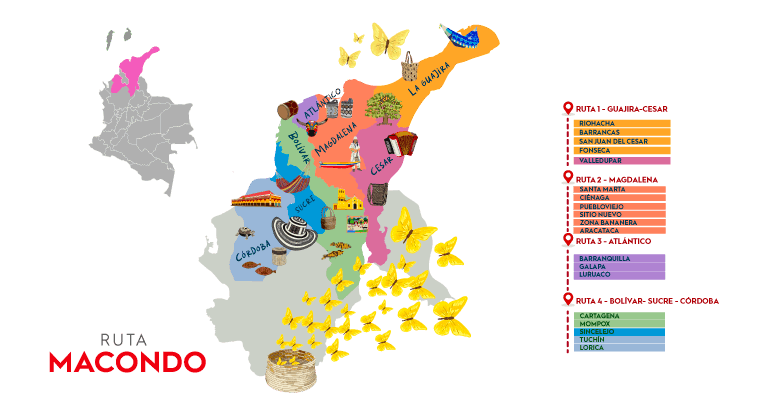
Artisans along the way
Guajira
Cesar
Magdalena
Atlántico
Bolívar
Córdoba
Artisans along the way
Guajira
Cesar
Magdalena
Atlántico
Bolívar
Córdoba
We recommended this tour

GUAJIRA – CESAR
Everything began in La Guajira, with the flight of José Arcadio Buendía and his wife Úrsula, haunted by the relentless ghost of Prudencio Aguilar, whom Buendía had killed after having his manhood questioned. Bidding farewell to their life in this land, and burdened by Aguilar’s sorrowful gaze, the couple set off toward their new destiny. What was once an escape is now a journey filled with unforgettable and breathtaking landscapes: from the desert to the foothills of the Serranía del Perijá and the Sierra Nevada de Santa Marta.
We invite you to visit the Wayúu rancherías in Riohacha, before heading south to Barrancas and San Juan del Cesar, homeland of the Wiwas, who weave their ancestral wisdom into mochilas. A place of natural treasures where you can explore countless wells—La Estrella, in El Placer village, is particularly beautiful. San Juan is also the cradle of accordionists, offering an authentic taste of the vallenato universe that Gabo so loved. Continuing into the department of Cesar, you’ll witness what it means to be a guardian of the Sierra through the skilled hands of the Wiwa and Kankuamo weavers. In Valledupar, you’ll hear those sung universes that so deeply inspired the Nobel Laureate—and if you look closely, you might even stumble upon horsemen on fine-blooded steeds, exploding rockets and ringing bells, or a cockfight—something that always fascinated the writer.
MAGDALENA
Start in Santa Marta, the capital of Magdalena, which celebrates its 500 years of history and its deep connection to the sea. There, you can explore various artisan workshops—such as those in the María Eugenia neighborhood, known for soapstone carving—and visit the Gold Museum, all while indulging in the city’s rich cuisine. Next, head toward the majestic landscape of the Sierra Nevada, so central to Gabo’s imagination. Visit the Ettenaka Indigenous Reserve, in the community of Naara Kajmanta, near Puerto Mosquito and Minca, where artisans weave cotton mochilas.
Then, make your way to Aracataca, the birthplace of Macondo. On the way, stop in the Bananera Zone, especially in Prado Sevilla, site of the United Fruit Company, so essential to the narrative of One Hundred Years of Solitude, where the United States founded a colony for their people. It was there that Gabo first encountered ice—an experience that would become literature. Learn how artisans work with banana fiber, and don’t miss the local treats made by the women of the region. Now, Aracataca: the town where the Nobel Laureate was born in 1927 and which inspired the creation of a whole world. Upon arrival, you’ll feel like you’ve stepped into one of his books. Visit the Gabriel García Márquez Museum House, the Telegraphist’s House, the train station, the Macondo linear park, and the famous river of “polished stones, (…) white and enormous, like prehistoric eggs.”—all symbols of a town proud to be the cradle of Magical Realism. Don’t forget to take a handcrafted souvenir, a memento of this transformative journey.
On your way back, take the fork in the road toward Ciénaga, a heritage town full of neoclassical vestiges, designed by Georges Julien Carpentier, father of the Cuban writer Alejo Carpentier. Sleep in a Republican-style house and visit the Banana Workers Monument by Rodrigo Arenas Betancourt.
Continue toward Pueblo Viejo, where you can witness totumo carving and explore the palafitic world of the Ciénaga Grande de Santa Marta, the largest coastal lagoon complex in Colombia—the one José Arcadio saw as being full of “swamps, covered with an eternal vegetable scum (…) which, according to what the gypsies said, had no limits.” Don’t miss the chance to hop on a Johnson boat, a small launch that can carry you for hours through these majestic waters to Nueva Venecia, a floating town straight out of Gabo’s pages. Eleven kilometers away, in Sitio Nuevo, visit the Isla de Salamanca National Park and marvel at its boundless birdlife.
Head back to Pueblo Viejo and return to Santa Marta. Take the road to Palomino (La Guajira) and stop near the Tayrona Park at the workshop of woodcarver Wifran Fragoso, who can not only show you his majestic work, but also guide you through the forests he knows like the back of his hand—forests shared with the Wiwa people. End your journey by visiting another Arhuaco community in the Sierra, by the sea, in the village of Kutunsama, near Perico Aguao.
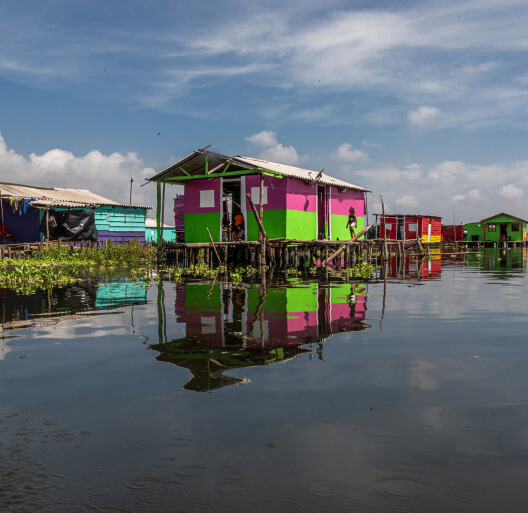

ATLÁNTICO
Start in Barranquilla, Colombia’s Golden Gate. Begin by visiting the San Nicolás Colonial Hotel, where Gabo stayed during his student days—an experience he revisited in Memories of My Melancholy Whores (2004). Stroll through downtown, the stomping grounds of the Barranquilla Group, a band of intellectuals and artists including Álvaro Cepeda Samudio, Alfonso Fuenmayor, and Germán Vargas, all mentioned in One Hundred Years of Solitude, along García Márquez himself. Also featured are Ramón Vinyes and José Félix Fuenmayor. “We had so much in common that people jokingly said we had the same father,” wrote García Márquez in Living to Tell the Tale. Their meeting place was the legendary La Cueva, where Heriberto Fiorillo welcomed them with joy and rum. Early on, they celebrated there with artists like Alejandro Obregón and Enrique Grau—a vibrant group of creative friends.
Make sure to visit Gabo’s family home and the San José Catholic School, where he studied under the Salesian brothers. No trip would be complete without enjoying the Barranquilla Carnival in early March, although you can visit the Carnival Museum year-round to soak in its festive spirit. Don’t miss the workshops where musical instruments and the iconic marimonda and tigrillo masks are made—both in Barranquilla and Galapa (just 20 km away). End your tour at the Luruaco Lagoon, where the floating enea fiber used for weaving mats—so often referenced by García Márquez—is harvested.
BOLÍVAR-SUCRE-CÓRODOBA
Cartagena was essential to García Márquez. There he wrote Love in the Time of Cholera (1985) and Of Love and Other Demons (1994). Stroll through the Old City to find the house where he lived with Mercedes, see the El Universal newspaper headquarters (his early workplace as he arrived in Cartagena after Bogotá was destroyed on april 9th, 1948), visit the Portal de los Dulces, and remember Úrsula Iguarán, who sold her sugary animal-shaped confections—keeping the Buendía household economy afloat. End your walk at the Cloister of La Merced, now part of the University of Cartagena, where the author and his wife are buried. While in town, visit the artisans of our Map.
Then, head south. On this five-hour journey (272 km), enjoy the changing landscape and stop in various towns where delicious food and artisanal crafts await. Visit Arjona for a traditional bollo de mazorca, continue through María la Baja, San Cayetano, San Jacinto, El Salado, and Magangué. The next stop is your destination: Mompox, where you can admire the famous gold fish and exquisite filigree work (don’t miss our Bolívar Route!). If you want to finish this long journey on a high note, head to Córdoba, passing through Sucre (224 km away). On the way, stop in Lorica to appreciate its architecture and cuisine. Finally, arrive in Tuchín, land of the iconic sombrero vueltiao made of cañaflecha, beloved by García Márquez. There, you’ll meet some of the country’s most skilled master artisans, awarded the Artisan Mastery Medal.
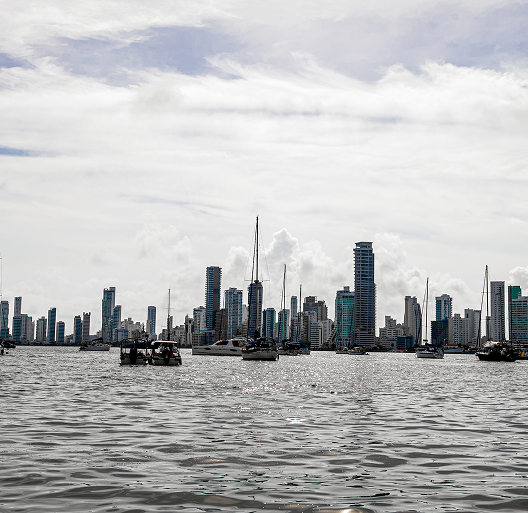
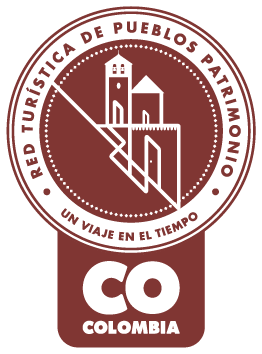
Pueblo Patrimonio
La Red Turística de Pueblos Patrimonio de Colombia es un programa especial del Ministerio de Comercio, Industria y Turismo, ejecutado por FONTUR, que trabaja con 17 municipios de Colombia que poseen declaratoria de Bien de Interés Cultural (BIC) a nivel nacional para su valoración y proyección mediante el turismo, generando así más oportunidades de desarrollo y sostenibilidad en las comunidades.
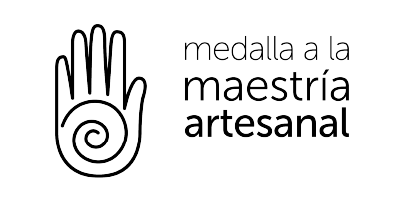
La Medalla a la Maestría Artesanal es un galardón que Artesanías de Colombia entrega anualmente, con el cual se hace un reconocimiento a aquellos artesanos, empresas y comunidades artesanales que, contando con una trayectoria destacada, sobresalen a nivel nacional por su excelencia en el oficio así como por preservar el quehacer artesanal.

Denominación de Origen
Es un signo distintivo que identifica productos reconocidos o famosos por tener una calidad o características específicas derivadas esencialmente del lugar de origen y la forma tradicional de extracción, elaboración y producción por parte de sus habitantes. La protección conferida sobre una Denominación de Origen implica que ninguna persona puede identificar con la denominación protegida productos iguales o similares a los amparados, cuando no provengan del verdadero lugar y no cumplan con las características o calidades que le han dado la reputación al producto reconocido. Las Denominaciones de Origen para productos artesanales colombianos que han sido protegidas por la Superintendencia de Industria y Comercio en nuestro país son actualmente 12.
No puede copiar contenido de esta página

